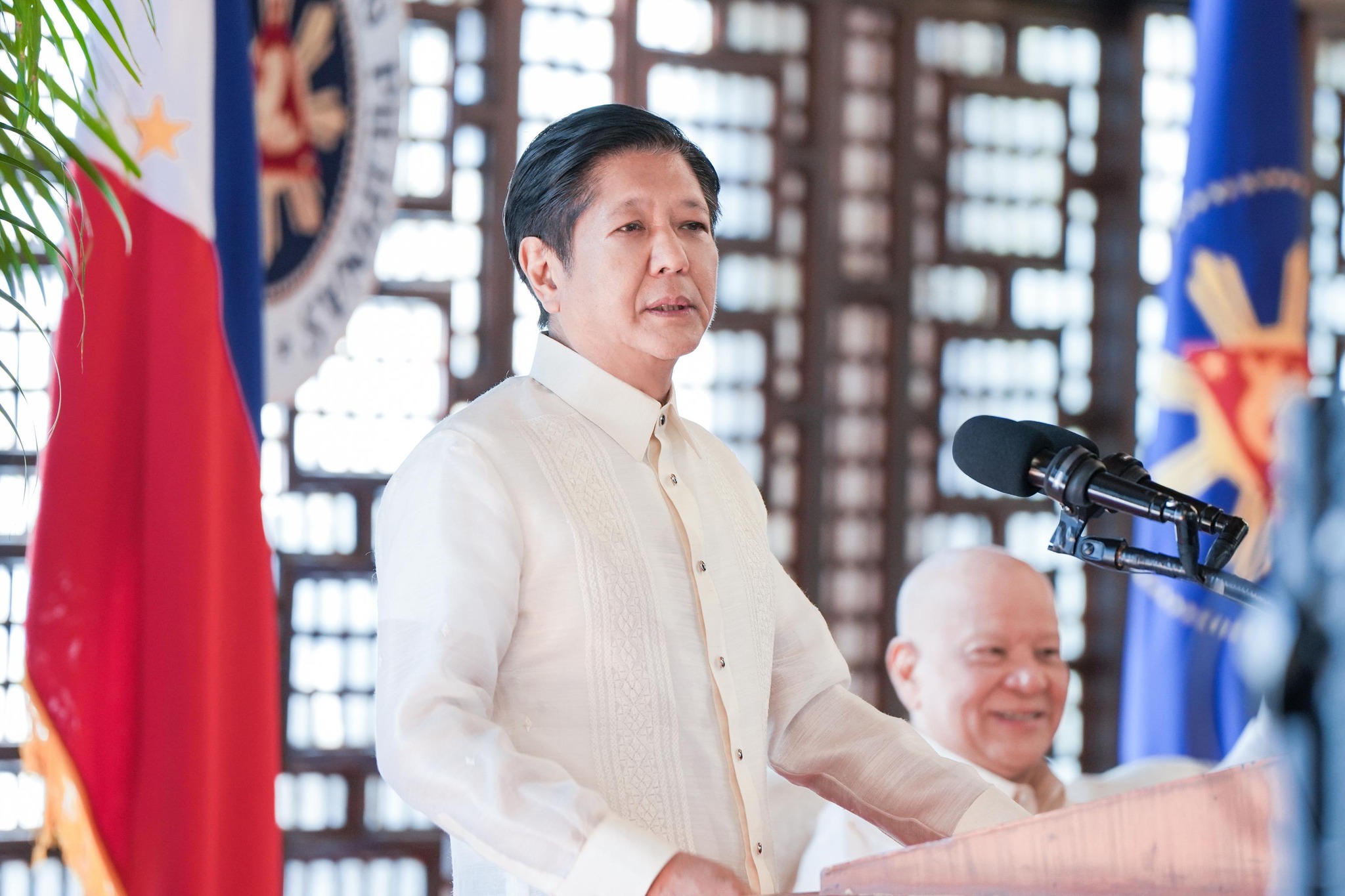
By Brian Jules Campued
The Philippines’ main gateway is set to get its much-needed upgrade, as President Ferdinand R. Marcos Jr. and the consortium led by Ramon Ang’s San Miguel Corp. signed the concession agreement for the rehabilitation of the Ninoy Aquino International Airport (NAIA) on Monday.
Marcos lauded the signing of the P170.6 billion NAIA Public-Private Partnership (PPP) modernization agreement as it was the fastest project proposal to be approved in Philippine history in a “record-breaking seven weeks.”
“But we did not sacrifice scrutiny for speed. It was fast, but it was also fastidiously examined at every step of the way,” he said after witnessing the PPP signing at the Malacañan Palace on Monday.
The President noted that the completion of the NAIA upgrade will provide convenience to passengers by increasing its annual passenger capacity from 35 million to 62 million.
Hourly air traffic movements will also be increased from 40 to 42 per hour to 48 movements per hour, while the time it takes to pick-up a passenger at the curb or find a parking spot will also be shortened.
“But we’ve seen it before; we’ve seen it in other airports. Nagagawa naman talaga. And so, we can take lessons from all the other experiences and the best practices of other airports,” Marcos added.
The project will also mobilize at least P88 billion in capital investments within the first six years of operation, while the private sector will pay the government an estimated P1.052 trillion in the next 15 years, both a significant increase since 2010’s disbursed capital for the Manila International Airport and the amount remitted by the airport to the government in the same year.
Marcos called on the consortium to “fulfill its commitment to this PPP project” and reminded the stakeholders that the comfort it will bring to the passengers is more important than what it will bring to the coffers of the government.
“This undertaking is not just about revenues that will be remitted to Treasury alone, but resources invested in the airport and in many ways. It is an investment in our future,” he continued.
Notably, the partnership with the private sector took more than 30 years due to hurdles such as “bureaucratic inertia, political turbulence, and legal wranglings,” which resulted in a delayed and reduced number of flights and ultimately, denying the economy billions in tourism receipts.
“Kaya’t mabuti na, kailangan na kailangan na natin ayusin ito. More damaging than the occasional unflattering headlines are the inconveniences that many of its passengers undergo daily. It also affects our economy greatly,” Marcos pointed out.
Meanwhile, the Department of Tourism (DOT) welcomed the signing of the landmark agreement, adding it is only the first of the many initiatives the national government and the private sector will pursue to upgrade the Philippines’ gateways, including secondary airports and seaports across the country.
“We look forward to the positive impact that this project will have on our nation’s tourism landscape, enhancing connectivity, accessibility, and visitor experiences for the greater benefit of our local and international tourists as well as the traveling public in general,” DOT said in a statement on Monday.
Speaker Martin Romualdez added that the rehabilitation and operation of NAIA under the PPP framework “signals a new era of progress and efficiency” for the airport since it will address the longstanding challenges and bottlenecks that have hampered its capacity to be of “world-class” standards.
“The revitalization of NAIA also promises broader economic benefits for our country and our people, including job creation, increased tourism, and greater connectivity with global markets,” he said. – av
